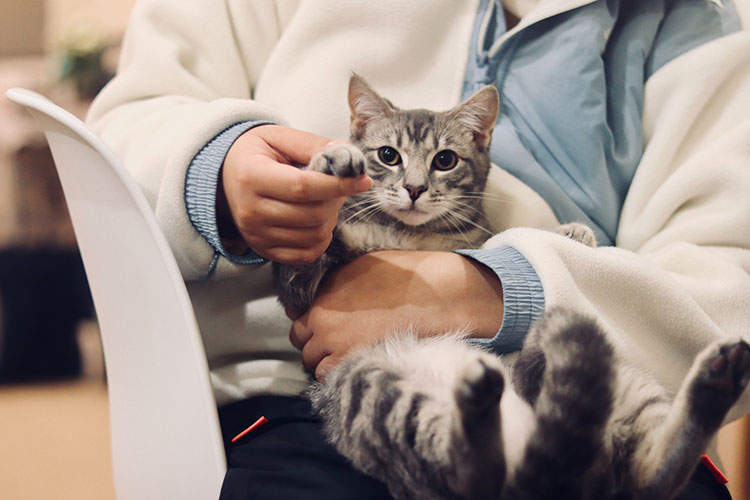What is Bird Flu?
Symptoms of Bird Flu in Cats
Recognizing the Signs
Symptoms of bird flu in cats may include fever, lethargy, respiratory distress, and loss of appetite. Early detection is vital for effective treatment. If you are currently feeding exclusively raw, consider reaching out to some online groups that discuss possible supplements that can be used to facilitate and support a drastic change in diet.
- Do not feed raw, freeze dried and raw coated foods; consider feeding
appropriately cooked food only.
i. NOTE: Certain companies have stated their food product is safe.
Please reach out to the individual companies/brands for more
information so that you can make a personal educated decision. - Do not feed uncooked eggs.
- Do not feed raw or unpasteurized milk.
Consulting a Veterinarian
If you suspect your cat has been exposed to bird flu, consult a veterinarian immediately for diagnosis and care recommendations. They can provide you with expert advice tailored to your specific situation and help address any concerns you may
have.
Preventive Measures
Minimizing Exposure
Limit your cat’s exposure to wild birds and avoid areas with reported bird flu outbreaks. Do not allow your pets outside to avoid contact with birds, squirrels, mice, etc. (this may include outdoor runs). Report any suspicious dead birds to the appropriate authorities.
Maintaining Hygiene
Keep your cat’s environment clean and sanitize food and water dishes regularly to reduce the risk of infection. Minimizing outdoor exposure is key to protecting cats from bird flu risks.
Stay Informed with TICA
TICA is committed to providing valuable resources for cat owners. We will do our best to keep you informed with updates from reputable sources as they become available.





















































































